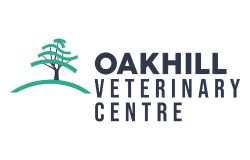DIGITIAL DERMATITIS AKA “DIGI”
Wet and muddy conditions provide the perfect environment for Treponemes and other anaerobic bacteria to invade the soft tissues of the feet and cause lameness. Digital dermatitis is also infectious and can spread rapidly through housed herds.
THE COST OF LAMENESS
- Animal health and welfare: Digi is a painful condition which ultimately causes discomfort to your cows. This often means a reduced expression of normal behaviour. Poor oestrus expression has a knock-on effect on submission and conception rates which increase calving to conception intervals, numbers of barren cows, and calving index.
- Reduced production: Lameness can lead to a reduced milk yield, a shorter productive lifespan, and a reduced reproductive performance.
- Conservative estimates of costs range from £50-£100 per case of digi .
RISK FACTORS FOR DIGITIAL DERMATITIS:
Poor underfoot conditions
- Wet/ muddy conditions
- Poaching (gateways and troughs)
- Inadequate/ incomplete scraping
- Badly maintained concrete
- Inappropriate/ insufficient cubicles
Inadequate footbathing
- Too infrequent
- No prewash/ hosing
- Wrong concentration or volume
- Solution not changed frequently enough
- Delayed detection and treatment
STRATEGIES TO PREVENT DIGITIAL DERMATITIS
- Early detection and treatment are key to preventing digi from spreading rapidly, especially at housing. Many animals do not appear lame so taking a few extra seconds at milking to look for the classic digi lesion above and between the heel bulbs of the hind feet is well worthwhile.
- Strict biosecurity is vital for prevention, as digi is spread between farms from cattle movements and from shared holding or handling facilities.
- Good hygiene and slurry management is also important – whilst infected animals are the main reservoir of infection, the bacteria that cause digi survive in slurry, wet bedding, muddy gateways and water-only foot baths.
